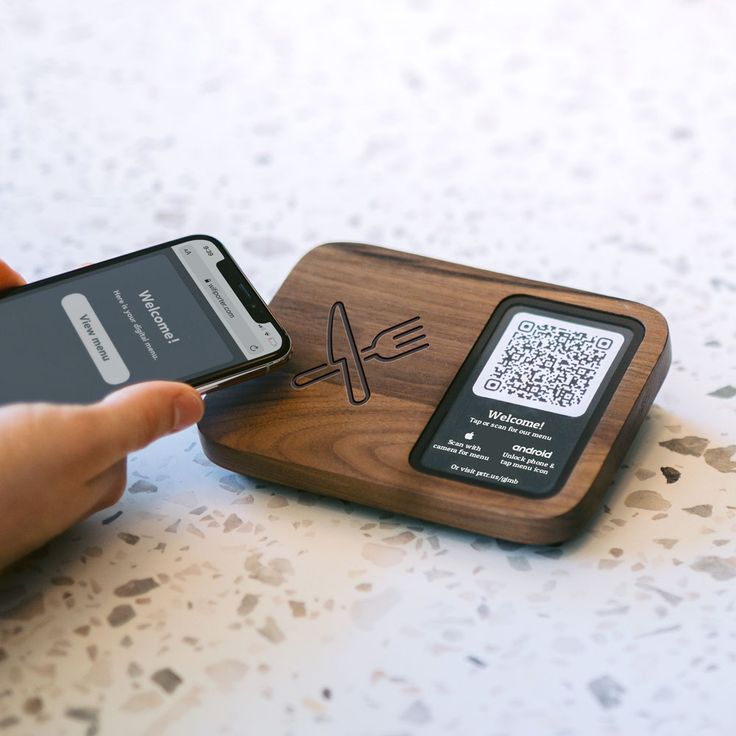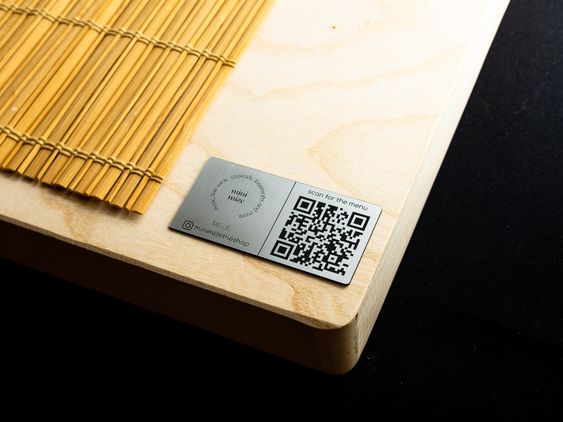Enhancing Restaurant Experiences with QR Codes
In today’s fast-paced world, the restaurant industry is constantly evolving to meet the demands of tech-savvy customers. One significant innovation that has transformed the dining experience is the QR code for restaurants. This technology not only streamlines operations but also enhances customer satisfaction.
The Power of QR Codes in Restaurants
What is a QR Code?
A QR (Quick Response) code is a type of matrix barcode that can be scanned using a smartphone or other digital devices. When scanned, it directs the user to specific information, such as a website, menu, or promotional offer. For restaurants, QR codes have become an essential tool for improving customer experience and operational efficiency.

Benefits for Customers
1. Contactless Convenience: The QR code for restaurants offers a contactless way for customers to access menus, place orders, and even make payments. This is especially important in the post-pandemic era, where minimizing physical contact is a priority.
2. Instant Access: By scanning a QR code, customers can instantly access the restaurant’s menu, including detailed descriptions and images of dishes. This eliminates the need to wait for a physical menu and allows customers to browse at their own pace.
3. Enhanced Engagement: QR codes can link to interactive content, such as promotional videos, customer reviews, and social media pages. This not only enhances the dining experience but also fosters a stronger connection between the restaurant and its customers.
Benefits for Restaurant Owners and Managers
1. Cost Savings: Printing and updating physical menus can be costly and time-consuming. With a QR code for restaurants, updates can be made digitally and instantly, saving both time and money.
2. Improved Efficiency: QR codes streamline the ordering process by reducing the need for physical menus and minimizing order errors. This leads to faster service and increased table turnover, ultimately boosting revenue.

3. Data Collection: By integrating QR codes with their POS systems, restaurants can collect valuable data on customer preferences and behaviors. This information can be used to tailor marketing strategies and improve overall service quality.
Implementing QR Codes in Your Restaurant
Transitioning to a QR code system is straightforward and can significantly enhance your restaurant’s operations. Here’s how to get started:
1. Generate QR Codes
Use a reliable QR code generator to create unique codes for different purposes, such as accessing the menu, placing orders, or linking to special promotions. Ensure that the QR codes are high-quality and easily scannable.
2. Design and Display
Place the QR codes strategically around your restaurant, such as on tables, walls, and promotional materials. Make sure they are easily visible and accompanied by clear instructions on how to use them. High-quality displays and signage can improve the overall customer experience.
3. Integrate with POS Systems
For seamless operation, integrate the QR codes with your POS system. This allows for real-time updates to the menu and efficient order processing. It also enables the collection of valuable customer data.
4. Train Your Staff
Proper training is crucial for a smooth transition. Ensure that your staff understands how to assist customers with using the QR codes and how to troubleshoot any issues that may arise. Regular training sessions can help keep everyone up-to-date with the latest features.
5. Promote Your QR Code System
Promote the use of QR codes through your website, social media channels, and in-restaurant signage. Highlight the benefits of using QR codes, such as faster service and contactless convenience, to encourage customers to embrace the new system.
The Future of QR Codes in Restaurants
As technology continues to advance, QR codes are expected to play an even more significant role in the restaurant industry. Here are some trends to watch:
1. Integration with Augmented Reality (AR):
AR technology can enhance the QR code experience by providing customers with immersive, interactive content. For example, scanning a QR code could allow customers to see a 3D representation of a dish before ordering.
2. Personalized Experiences:
By leveraging data collected through QR codes, restaurants can offer personalized recommendations and promotions to their customers. This can enhance customer loyalty and drive repeat business.
3. Expanding Beyond Menus:
While QR codes are commonly used for accessing menus, their potential extends to other areas, such as loyalty programs, feedback forms, and virtual tours. This versatility makes them a valuable tool for enhancing various aspects of the restaurant experience.
Conclusion
The QR code for restaurants is a powerful tool that enhances both customer experience and operational efficiency. By adopting this technology, restaurants can stay ahead of the competition and provide a superior dining experience.
